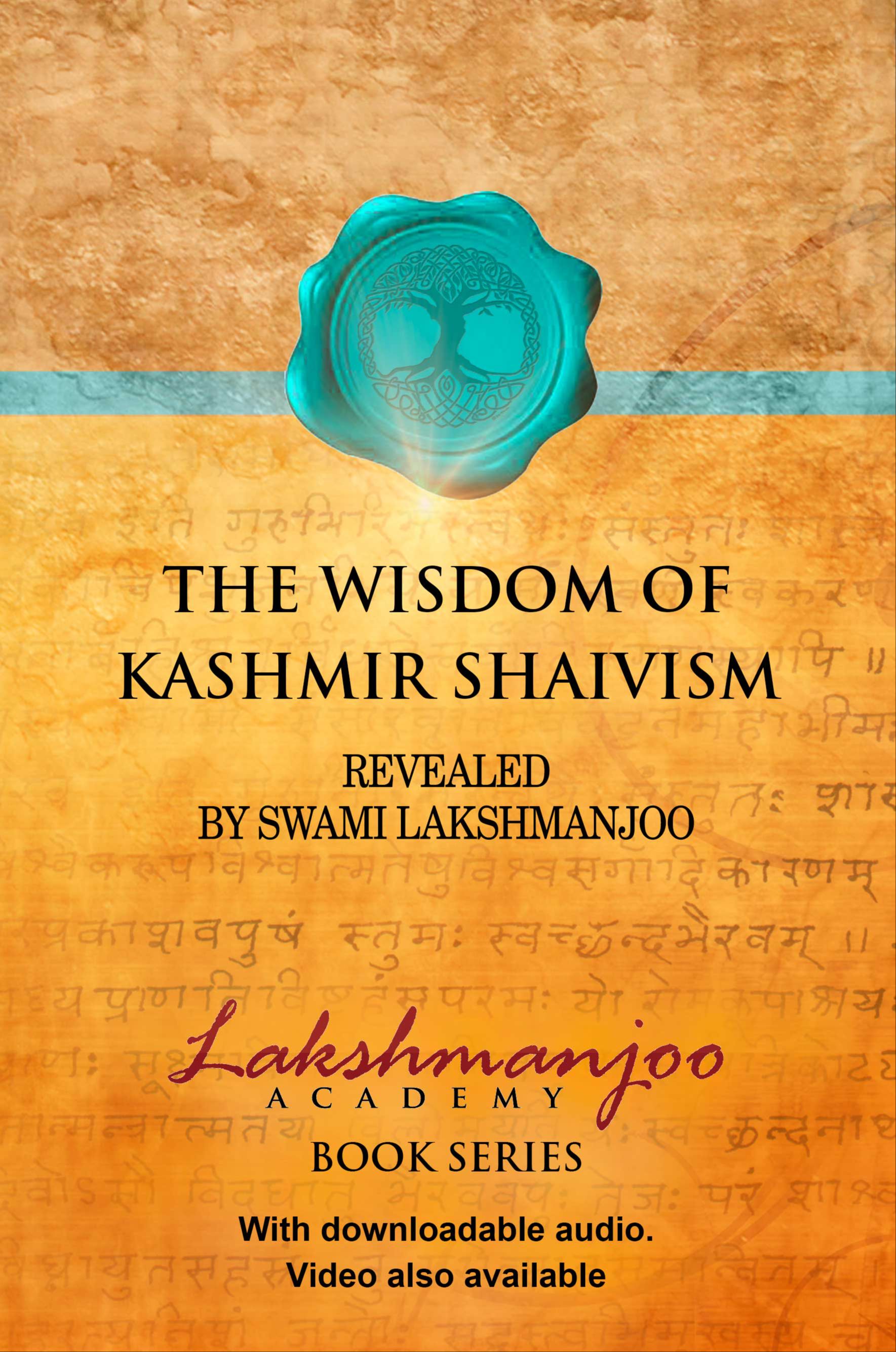
The explanation of this whole universe, both subjective and objective, in Kashmir Shaivism
Dec 19, 2023In this unique lecture about “The Sixfold Path of the Universe,” Swami Lakshmanjoo explains the most important points for entering into Kashmir Shaivism.
The combination of all of these six adhvans (paths), the three objective adhvans and the three subjective adhvans is called ṣaḍadhvan, the six fold adhvans (The Sixfold Path of the Universe). This is the explanation of this whole universe, both subjective and objective.
This excerpt is from the book Kashmir Shaivism, The Secret Supreme, chapter two. This book contains the essential teachings of Abhinavagupta’s ‘magnum opus’ Tantraloka. It was the first text of Swamiji’s Teachings recorded and turned into book form by John Hughes. It is not in transcript form like our recent books! Also, check out our 4-part online course consisting of an in-depth study of “The Tattvas (Elements) as The Building Blocks of Creation in Kashmir Shaivism”.

Chapter Two, Kashmir Shaivism, The Secret Supreme
The Sixfold Path of the Universe (ṣaḍadhvan)
The objective cycle of this creation:
In Śaivism this objective universe is said to be threefold because it is composed of three paths (adhvans). These adhvans are gross (sthūla), subtle (sūkṣma), and subtlest (para). The gross path is called bhuvanādhva, the subtle path tattvādhva, and the subtlest path kalādhva—first bhuvanādhva, then tattvādhva, and finally kalādhva.
The word adhvan means “path.” Here, path has a twofold meaning: it is either that path on which you tread, or that path which you must dispose of, must discard. You have either to tread on the path or discard the path. You can dispose of this path only by the grace of your Master. And when you dispose of this path, you reach the state of Parama Śiva.
There is no question of realizing God through treading on this path. You may tread for centuries and centuries and still, you will be treading. So you must discard this path, dispose of it. When you do dispose of the path, that is also called adhvan. Disposing of it, however, can only be done by the grace of the Master, who is the embodiment of Parama Śiva.
1. That path, which is said to be gross, is known as bhuvanādhva.
Bhuvanādhva means “the path of all the worlds.” In Śaivism, these worlds are said to number one hundred and eighteen. By one world, I do not mean one planet. This whole cosmos, including suns, moons, stars, and planets, is called one world. It has been found by yogins in samādhi that there are one hundred and eighteen worlds like this cosmos, which have been created. This combination of one hundred and eighteen worlds is called bhuvanādhva.
2. The complete system of the thirty-six tattvas, which I have explained earlier (tattvas part one), is called tattvādhva.
Tattvādhva means “the course of all elements,” the path of the tattvas. This is that path which is subtle. (For more information see our online course: “Tattvas, the building blocks of creation according to Kashmir Shaivism”)

3. That path (adhvan), which is more refined than tattvādhva, is known as kalādhva.
That path is the subtlest. Kalādhva consists of five kalās, which are five boundaries or enclosures. These kalās are enclosures for all of the thirty-six elements, the thirty-six tattvas, from earth up to Śiva.
- The first and outermost enclosure is called nivṛitti kalā. In nivṛitti kalā you will find the first tattva, pṛithvī tattva, the element “earth.”
- The next kalā or enclosure is pratiṣṭhā kalā. In pratiṣṭhā kalā you find the twenty-three tattvas from jala tattva, the element “water,” up to and including prakṛiti tattva.
- The next enclosure is known as vidyā kalā. Vidyā kalā contains the seven tattvas, from puruṣa tattva up to and including māyā tattva.
- The next enclosure is called śāntā kalā. Śāntā kalā contains the four tattvas from śuddhavidyā tattva up to and including śakti tattva, the thirty-fifth tattva.
- The fifth and last enclosure is known as śāntātītā kalā. Here, you will only find the existence of śiva tattva.
This course of the threefold adhvans is called vācyādhva. The word vācya means “that which is observed, spoken, told.” So vācyādhva is the path of that which is observed, seen, realized. It is called vācyādhva because it is seen, it is observed, it is created, it is felt. It is the objective cycle of this creation.
The subjective cycle of this creation:
Now, we must turn to its observer, the creator of this adhvan (path). The creator of the threefold path of the universe, known as vācyādhva, is called vācakādhva. The meaning of the word vācaka is “that which observes, sees, and creates.” And so that path which observes, sees, and creates is called vācakādhva. It is the subjective cycle of this creation. And, like vācyādhva, vācakādhva, is also composed of three paths: gross (sthūla), subtle (sūkṣma), and subtlest (para).
-
Gross (sthūla) vācakādhva is called padādhva and consists of sentences; sentences are said to be gross.
-
Subtle (sukṣma) vācakādhva is called mantrādhva and consists of words, because words are known to be more subtle than sentences.
-
Subtler than mantrādhva, the world of words, is the path of letters, called varṇādhva.
Take any object, such as a pot. That object will fall in the threefold world of vācyādhva. It is an offshoot of the thirty-six elements. On the other hand, the word “pot” is vācakādhva for this object. So, this object is vācya and its vācaka is the word “pot.”
The combination of all of these six adhvans, the three objective adhvans, and the three subjective adhvans is called ṣaḍadhva, the six fold adhvans. This is the explanation of this whole universe, both subjective and objective.
“The Tattvas (Elements) as The Building Blocks of Creation in Kashmir Shaivism”.






